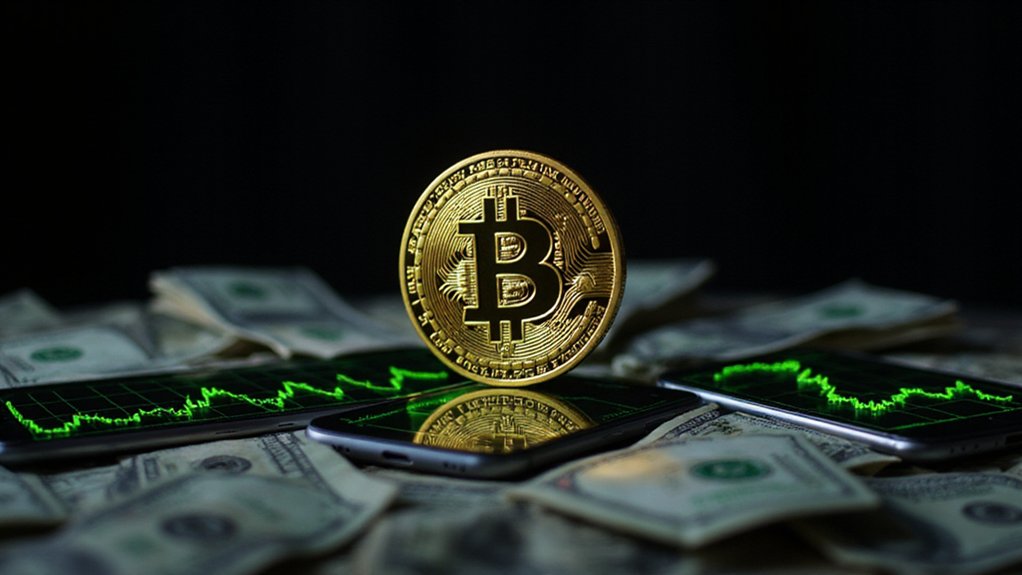While the cryptocurrency market continues its relentless cycle of boom, bust, and bewildering renaissance, 2025’s underdog presales present a peculiar paradox: tokens priced at $0.00025 coexisting with billion-dollar ambitions and marketing budgets that would make traditional IPOs blush. These microscopic entry points ostensibly democratize access, though one might question whether affordability alone constitutes sound investment thesis.
Progressive scarcity models exemplify the psychological choreography underlying modern tokenomics. BullZilla’s presale incrementally increases prices as funds accumulate—a mechanism that transforms FOMO into quantifiable premium while rewarding early commitment. Token6900’s $5 million cap represents another strategic artifice, ostensibly protecting retail investors from venture capital hegemony while creating artificial urgency around participation windows.
Presale mechanics weaponize scarcity psychology, transforming investor anxiety into premium pricing while manufacturing exclusivity through artificial caps and escalating entry costs.
The tokenomics themselves reveal fascinating contradictions. Projects deploy 150 billion token supplies to promote “wide distribution” while simultaneously implementing burn mechanisms to create scarcity—essentially building inflation and deflation into the same economic model. Marketing allocations consuming 40% of total supply suggest these ventures understand that narrative construction often supersedes technological merit. BullZilla’s innovative approach includes a dedicated 20% allocation locked specifically for staking rewards, offering participants up to 70% APY returns on their holdings.
Treasury funds, like the 25% MAXI allocation, provide strategic reserves for ecosystem expansion, assuming the ecosystem materializes beyond speculative trading. Networks like Kaanch demonstrate how RWA tokenization can unlock previously illiquid assets while maintaining institutional-grade security through decentralized infrastructure.
Technological innovations accompanying these presales demonstrate genuine substance beneath the memetic froth. Directed Acyclic Graph architectures address blockchain congestion through simultaneous block creation, while SEI’s “Giga” upgrade promises 200,000 transactions per second—specifications that would legitimately support institutional adoption. Layer-2 Bitcoin solutions and cross-chain Ethereum compatibility position these underdogs within established infrastructure rather than reinventing distributed ledger fundamentals. Bitcoin Hyper exemplifies this approach by merging Bitcoin’s security with Solana-level execution speeds as a Layer-2 solution.
Market sentiment reveals the speculative appetite driving these valuations. Analysts project VET reaching $0.0256-$0.0825 while XLM harbors ambitions exceeding $0.64—targets that require substantial market capitalization expansion. MAGACOIN FINANCE and similar sub-$0.01 assets attract risk-tolerant investors pursuing asymmetric returns, embodying the quintessential presale gamble where modest investments theoretically generate disproportionate gains.
Whether these underdog presales genuinely rewrite economic paradigms or merely redistribute wealth among increasingly sophisticated retail speculators remains 2025’s defining cryptocurrency question. The infrastructure improvements suggest legitimate utility, while tokenomics reveal sophisticated understanding of behavioral economics—perhaps sufficient foundation for sustainable value creation beyond initial presale euphoria.








